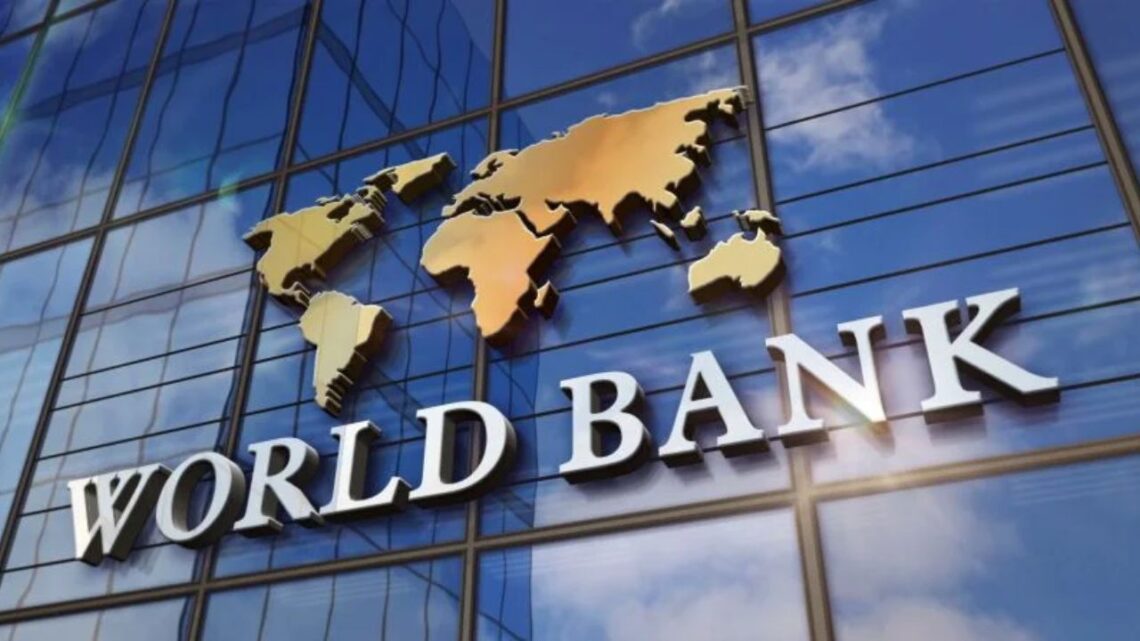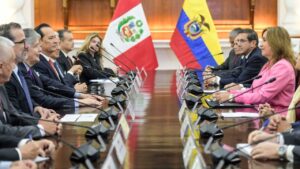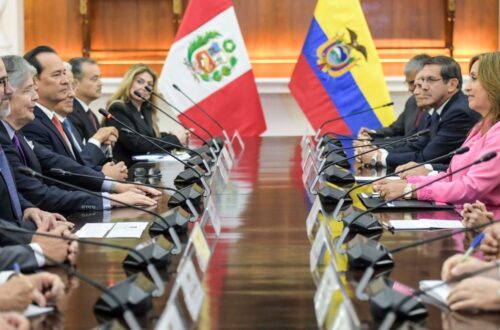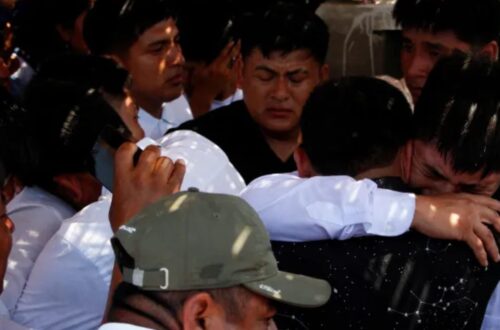Peru is moving forward with a $200 million World Bank program designed to modernize wastewater management, promote a circular economy, and strengthen climate resilience in the water and sanitation sector.
This 10-year multi-phase initiative aims to improve infrastructure in Lima and Puno, expand access to clean water, and create new job opportunities across key sectors.
The project marks a significant milestone in Peru’s effort to protect critical ecosystems like Lake Titicaca, reduce pollution, and enhance national water security in the face of growing climate challenges.
Overview Of The $200 Million Program
The World Bank’s Board of Executive Directors has approved this long-term partnership with Peru to achieve four major goals:
- Strengthen wastewater management systems nationwide.
- Implement circular economy practices in the water sector.
- Expand access to reliable sanitation and water services.
- Create sustainable jobs and improve community well-being.
The investment will be used to upgrade wastewater treatment plants, modernize pipelines, build new sanitation networks, and introduce advanced technologies to recover energy and nutrients from wastewater.
Focus Regions: Lima And Puno
The program will concentrate efforts in Lima, Peru’s capital, and Puno, home to Lake Titicaca, one of South America’s most valuable freshwater ecosystems.
- In Lima, projects will focus on improving infrastructure, expanding water supply networks, and enhancing efficiency in treatment operations.
- In Puno, the priority will be to protect Lake Titicaca by building new wastewater treatment facilities and improving local sanitation to prevent contamination.
Both regions face severe climate-related risks such as floods, droughts, landslides, and glacier retreat, which threaten agriculture, fisheries, and rural livelihoods.
Strategic Objectives Of The Program
1. Modernize Infrastructure
The program will upgrade aging treatment plants and expand networks to ensure safe water access for households, schools, and industries.
2. Adopt Circular Economy Practices
Peru will promote reuse of treated wastewater, nutrient recovery, and energy generation through biogas and cogeneration systems, helping turn waste into valuable resources.
3. Promote Sustainable Development
By strengthening public and private investment in water utilities, Peru aims to create green jobs and boost economic productivity, especially in sectors that rely heavily on water, such as agriculture, mining, and manufacturing.
4. Increase Climate Resilience
The initiative will help communities adapt to extreme weather events, manage droughts, and preserve groundwater resources for future generations.
Key Facts And Figures
| Category | Details |
|---|---|
| Total Investment | $200 Million USD |
| Duration | 10 Years (Multi-phase Program) |
| Main Partners | World Bank & Government of Peru |
| Primary Regions | Lima and Puno (Lake Titicaca) |
| Focus Areas | Wastewater Treatment, Water Reuse, Climate Resilience |
| Key Benefits | Clean Water Access, Pollution Reduction, Job Creation |
| Target Sectors | Agriculture, Mining, Manufacturing, Construction |
| Employment Impact | Thousands of new jobs in the water and sanitation sector |
Economic And Environmental Importance
Water-intensive sectors are at the heart of Peru’s economy, making this investment crucial for long-term growth.
- Mining and agriculture alone represent nearly 80% of Peru’s total exports.
- Agriculture depends heavily on irrigation, employing almost 25% of Peru’s workforce, particularly in rural regions where poverty rates remain high.
By reducing water losses, increasing treatment capacity, and promoting reuse, the program will help stabilize these industries and safeguard livelihoods while reducing environmental degradation.
Voices Of Leadership
Peru’s Minister of Housing, Construction and Sanitation, Durich Whittembury, stated that this initiative will help close the water and sanitation gap and strengthen water security for millions of families.
Meanwhile, the World Bank’s Regional Director for Bolivia, Chile, Ecuador, and Peru, Issam Abousleiman, emphasized that this collaboration will turn wastewater into a resource, leading to cleaner rivers and lakes, better service delivery, and sustainable job creation.
Expected Benefits
1. Environmental Gains
- Reduced pollution in Lake Titicaca and nearby rivers.
- Increased reuse of treated wastewater for agriculture and industry.
2. Economic Development
- Thousands of new employment opportunities in construction, technology, and maintenance.
- Boosted competitiveness in industries dependent on water resources.
3. Social Impact
- Expanded clean water access to underserved communities.
- Improved public health through safer sanitation systems.
Challenges Ahead
Despite its strong design, the program faces several hurdles:
- Institutional limitations and the need for stronger coordination between agencies.
- High investment costs for advanced technologies.
- Community acceptance of reused water.
- Unpredictable climate patterns affecting long-term outcomes.
However, with proper planning, community participation, and innovation, these challenges can be turned into opportunities for national progress.
Peru’s partnership with the World Bank marks a historic step toward sustainable water management. The $200 million program combines environmental protection with economic innovation, aiming to transform wastewater into a valuable asset.
By protecting Lake Titicaca, empowering communities, and integrating circular economy strategies, Peru is paving the way for a greener, more resilient future.
This initiative not only strengthens Peru’s water infrastructure but also sets a global example of how developing nations can balance economic growth, environmental protection, and social inclusion through sustainable investment.









